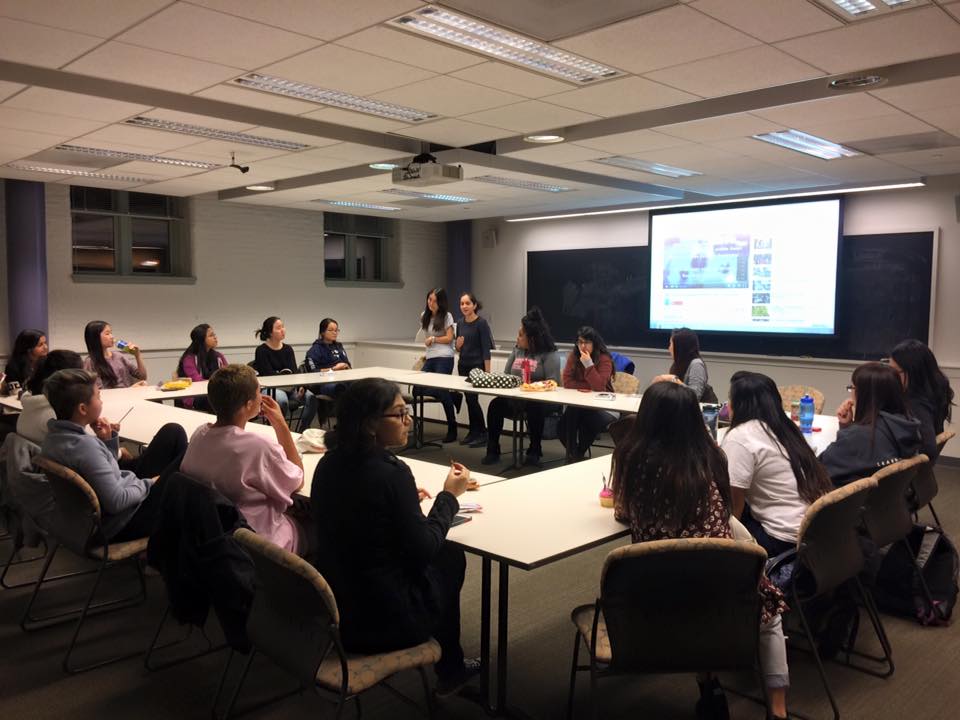Last night, the Asian American Students Association (A/ASA) and South Asian Students (SAS) hosted a discussion on skin color discrimination within Asian communities. This is a very serious problem within our communities, and I was glad both affinity groups joined together in solidarity to share experiences and different perspectives.
Colorism: Discrimination against individuals with darker skin tone, typically among the same ethnic or racial group.
 Some of the questions we considered were:
Some of the questions we considered were:
- What the roots of colorism in Asian communities?
- What are instances in your life where you’ve experienced colorism? promoted colorism?
- How does colorism affect interactions among Asian communities with other people of color?
- How does colorism affect Asian women differently? men? genderqueer Asians? multiracial Asians?
- What can we do about colorism?
As a third generation Chinese-Filipina American, I am thankful to have progressive parents who do not encourage me to use whitening creams or discourage me from going out into the sun. One of the earliest encounters with colorism I remember was at a Chinese restaurant in Chinatown with my sister and my mom. We had to share a table with an elderly Chinese couple because the restaurant was so crowded. The first thing the couple did was comment on how tan my sister and I were. It was the summer, and my sister and I spent all day outside at camp. They joked to my mom, “Why are your kids so tan? Do you make them work in the fields or something?” We brushed the comment off, excusing it as a remark from the older generations. As a multiracial Asian, I’m supposedly “darker” because I am part Filipino. I’m actually more light skinned than my sister, so she gets the comments that she “looks more Filipino.”
I realized that many of my experiences were also shared by members of A/ASA and SAS. Many experiences that other members shared were experiences I never had to face. It was interesting to hear how some Indian American students had to deal with colorism within their communities. Unlike some South Asian people, paler East Asian people have “White-passing” privilege. This can cause tension between the two communities because both communities feel the pressure of “fair and lovely” beauty standards. We discussed Korean pop culture in particular for being a supporter of pale skin. This vlog by two Black female K-pop fans on an event where a K-pop star received backlash for jokingly drawing two of his band members as “dark” exposes the flaws in Asian anti-blackness.
At the end of the discussion, we came to consensus that colorism is rooted in class and anti-blackness within the Asian communities. Women are held more accountable for upholding paler beauty standards than cisgender men. We hope to combat colorism by having more discussions like this between Asian communities and with other non-Asian communities.
More on colorism:
